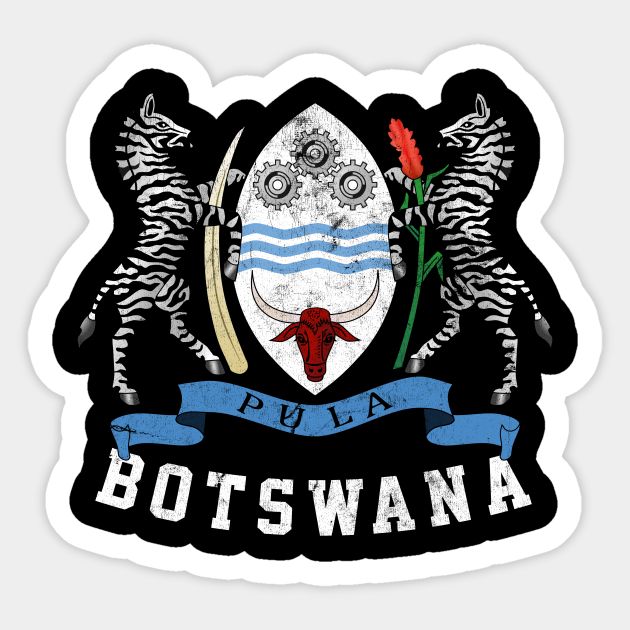INTRODUCTION
For centuries, Botswana cattle culture has defined how Botswana measured wealth, built families, and sustained their communities. So when independence came in 1966, it was a reclaim of identity deeply rooted in cattle culture.
Long before colonial borders or the rise of mining, cattle were at the heart of Tswana life. In precolonial times, herds meant more than wealth. They represented status, sustenance, and security. The larger your herd, the greater your influence in the community. Corrals filled with cattle and herds grazing across the land were signs of affluence and powerful markers of identity and belonging.
As colonial rule deepened, the British understood how central cattle were to Tswana life. By the time independence approached, livestock had already become the backbone of Botswana’s rural economy. For many Batswana, cattle were the standard by which life itself was measured.
Read more about the dynamics of cattle farming in Botswana here
Botswana Identity through Cattle Culture
After independence, the government didn’t try to erase this heritage. Instead, it embraced the symbolic and economic power of cattle:
- Livestock as an export engine: In the years following 1966, Botswana focused on expanding its cattle exports. Beef production and trade became essential sources of rural income and national revenue
- Communal land & tribal land rights: Since many cattle herders depended on communal grazing lands, land governance was important. Decisions about who could graze where were not just legal matters, they touched on culture, identity, and fairness.
- Social meaning: Cattle played roles in weddings as they were passed down through generations, served as bride price, and stood as measures of trust and reputation. The larger the herd, the greater the respect. Even in modern Botswana, these traditions still carry deep meaning.
There have also been shifts, tensions, and class divisions within cattle culture. Since 1966, economic, environmental, and social changes have reshaped what cattle mean in Botswana.
Modernization and disease control in districts like Ngamiland reshaped cattle farming. The state introduced veterinary services to combat bovine diseases that had long threatened herders. While these efforts improved productivity, they also sidelined many small-scale herders, widening inequality.
As populations grew and land use shifted, disputes over land and grazing rights intensified. Communal lands faced mounting pressure, while new non-pastoral economic opportunities drew many young people away from traditional cattle herding.
Beef export policies and trade agreements often favored large commercial farmers, widening the gap between cattle rich elites and small subsistence herders. Cultural traditions around cattle endured, but the balance of power within them shifted.
What Remains in 2025?
Fifty nine years later, Botswana’s economy looks very different as they build on diamonds, minerals, and urban growth. Yet, cattle culture continues to shape identity. In rural areas, owning cattle remains a sign of status. Traditional ceremonies and festivals still center on cattle. Even in everyday language and proverbs, cows symbolize wealth, legacy, and trust.
Happy Independence Day, Botswana.

